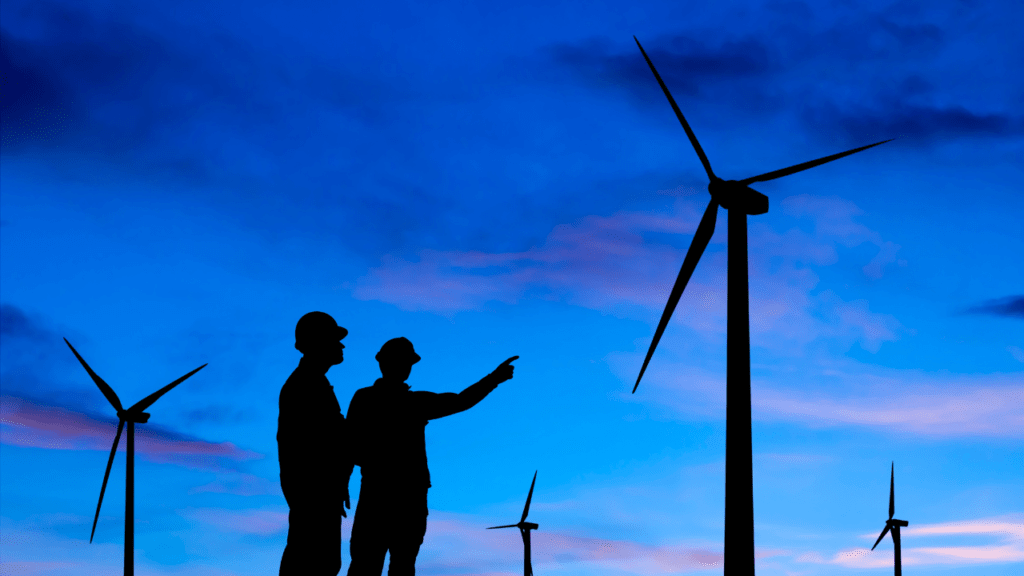Publication date: August 5, 2024
July 2024 Monthly Newsletter
Welcome to the July edition of our monthly newsletter. As the rainy season recedes and the nation continues to experience above-average temperatures, electricity demand is surging, causing tight supply-demand situations in the Tokyo area and sudden spikes in wholesale prices. Amid these developments, Japan’s power market is bustling with activity.
This month, we explore the industrial structure and location strategy for Japan’s Green Transformation (GX) 2040 Vision, METI’s consideration of global CO2 credit creation through direct air capture and carbon storage technologies, and the latest on Japan’s Round 3 offshore wind auction.
–
–Government to Establish Strategy for “Green Transformation (GX) 2040 Vision”

On July 11th, the Japanese government initiated detailed discussions on the “Green Transformation (GX) 2040 Vision,” focusing on industrial restructuring and location strategy. Led by the Cabinet Secretariat’s Expert Working Group for Realizing GX, the meeting highlighted the need to address digitalization and economic security challenges by encouraging industrial reorganization and expansion.
The GX 2040 Vision emphasizes four main perspectives: energy, industrial structure, industrial location, and market creation. A key proposal involves developing manufacturing due to its economic impact and security benefits. The policy also aims to establish a comprehensive GX supply chain, including critical components like semiconductors, steel, chemicals, and energy.
In parallel, advancing digitalization is seen as vital for boosting international competitiveness, requiring substantial computational resources and stable, affordable clean energy. The discussion acknowledged Japan’s high energy costs, which led to increased overseas production and a focus on domestic investment to break the cycle of low productivity and stagnant wages. The plan includes promoting large-scale local production and consumption of clean energy to reduce transport costs and conversion losses. Addressing the regional concentration of renewable energy, the government aims to optimize national locations through supportive measures and regulations.
The working group will reconvene in early August to discuss these points further, with the GX Execution Conference scheduled for the summer.
–
METI Explores Global CO2 Removal Credits With DACCS Technology

The Ministry of Economy, Trade and Industry (METI) is advancing discussions on the international transfer of CO2 removal value through Direct Air Capture with Carbon Storage (DACCS) technology. DACCS captures and stores carbon dioxide directly from the atmosphere, and an international transfer framework is necessary to use this removal value for domestic emission reductions. METI is considering negotiations with countries like Australia and the U.S. to facilitate international transfers beyond the current bilateral credit system (JCM) partner nations.
METI plans to align early investments in DACCS with future carbon pricing systems and develop policies to encourage public and private procurement. With the U.S. targeting an annual removal of 1 billion tons by 2050 and the EU aiming for 400 million tons by 2040, Japan must consider innovation, cost, and potential to boost demand for DAC and CO2 removal domestically. These initiatives will fall under the broader efforts of the GX Promotion Organization, which will manage Japan’s emissions trading system that will become fully operational in FY2026.
–
Round 3 of Offshore Wind Auction Closes, Results Expected December

The Ministry of Land, Infrastructure, Transport and Tourism (MLIT) recently closed the Round 3 offshore wind auction to select operators for two areas in northern Japan, with a total capacity of 1.05GW. One of the areas, situated off the southern coast of the Japan Sea near Aomori Prefecture’s Tsugaru city and the Ajigasawa, will have a capacity of 600MW. The second area, located near Yuza town in Yamagata Prefecture, will have a capacity of 450MW. Both sites, designated as “promotion areas” for offshore wind development, will host fixed-bottom wind farms. The results of this auction are expected to be announced in December 2024, and the successful bidder will secure the rights to utilize the sea areas for up to 30 years.
The Japanese government, following the enactment of a 2019 law aimed at promoting offshore wind farm development, plans to select operators for up to 10GW of offshore wind capacity by 2030 and between 30 to 45GW by 2040. This effort is part of Japan’s larger goal to increase renewable energy capacity and achieve carbon neutrality by 2050. Despite these ambitious targets, Japan had only 153.5MW of installed offshore wind capacity as of December 2023, indicating the significant progress still needed to reach these goals.
–
Thank you for reading.
If you’ve enjoyed this content, subscribe to our complimentary monthly newsletter. Get updates delivered straight to your inbox every month and stay informed about our latest offerings.
Sign up here today.
